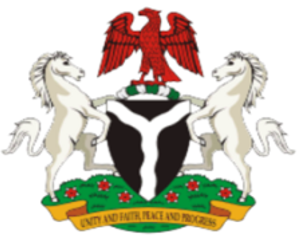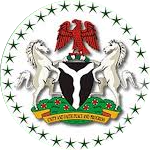Quick Menu:
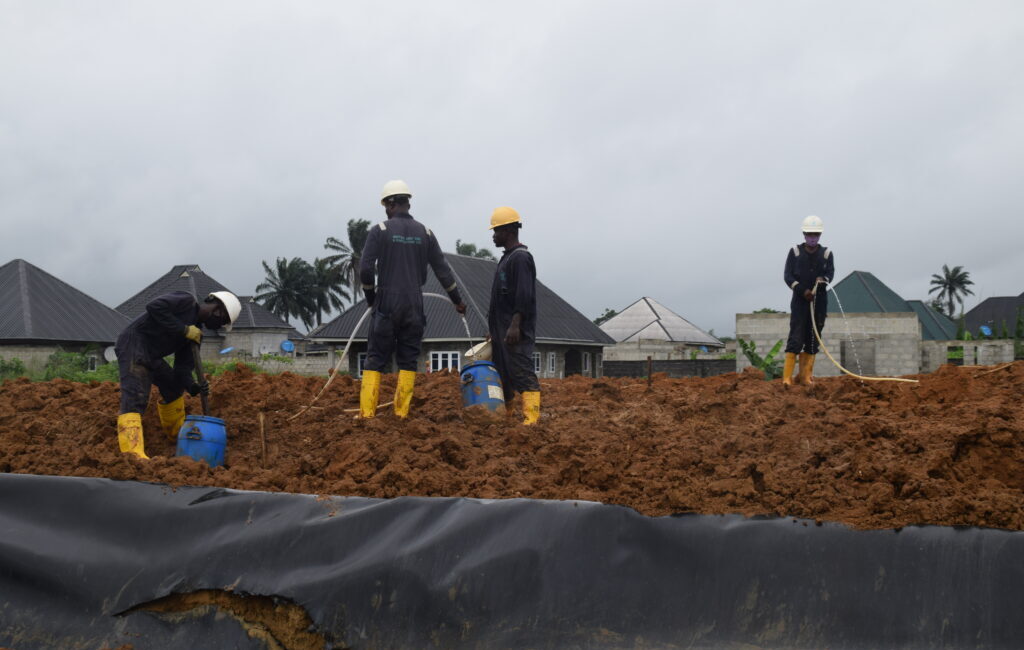
Remediation
Remediation
Clean-up of the hydrocarbon impacted sites, restoration of artisanal refining sites and any other identified polluted sites in the UNEP report including the clean-up of contaminated land, treatment of contaminated sediments, decontamination of groundwater, treatment of surface water, restoration of swamplands, mangrove restoration and rehabilitation, surveillance and monitoring are activities under HYPREP remediation project.
The UNEP Report identified sixty-five polluted sites and recommended same for remediation. Apart from the documented sites in the report, there are also new sites that were identified after the initial assessment. The identified polluted sites are categorized into simple and complex sites. Remediation of impacted lands is basically in three environments of soil, ground water and the swamps.
Land Remediation
The UNEP Report identified sixty-five (65) hydrocarbon impacted sites with available site specific fact sheets and recommended same for remediation. In addition to sites assessed by UNEP, there are other spill sites not captured in the UNEP and oil spill incidents that happened after UNEP carried out environmental assessment in Ogoniland. These additional spill sites are planned for remediation works by HYPREP as well as clean-up of polluted shorelines and restoration of mangroves in Ogoniland. HYPREP, using a Risk-Based Screening Level (RBSL) approach, classified the hydrocarbon impacted sites into Category A and B. Category A sites are complex sites in nature with extensive soil and groundwater contaminations which pose high risk to humans and the environment. Category B sites are hydrocarbon impacted sites which pose medium risk to humans and the environment with extensive soil pollution and slight groundwater contamination.
Phase 1 Remediation
Most of the Category B sites are remediated in Phase 1 remediation works, comprising Batch 1 and Batch 2. A total of twenty (20) sites allotted into 50 remediation contract lots have been under taken in Phase 1. Remediation works have been completed in many of these lots, closed -out and certified by the National Oil Spill Detection and Response Agency (NOSDRA), the lead Government agency responsible for regulating oil spill related matters in Nigeria.
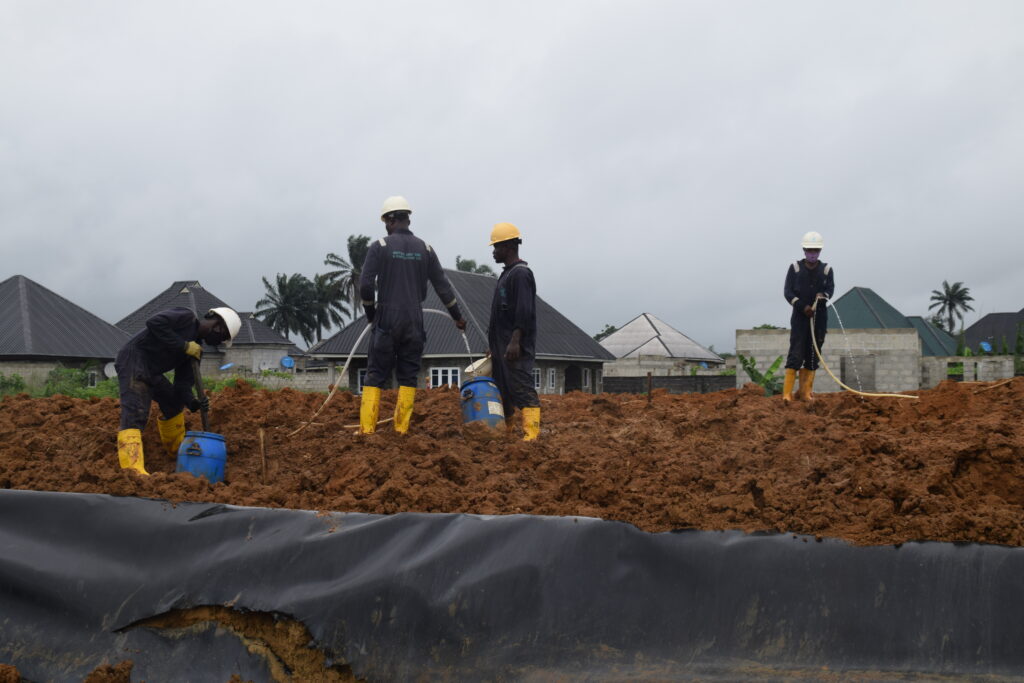
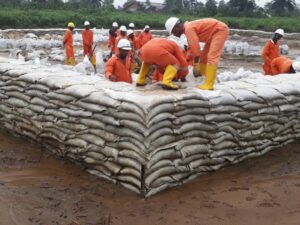
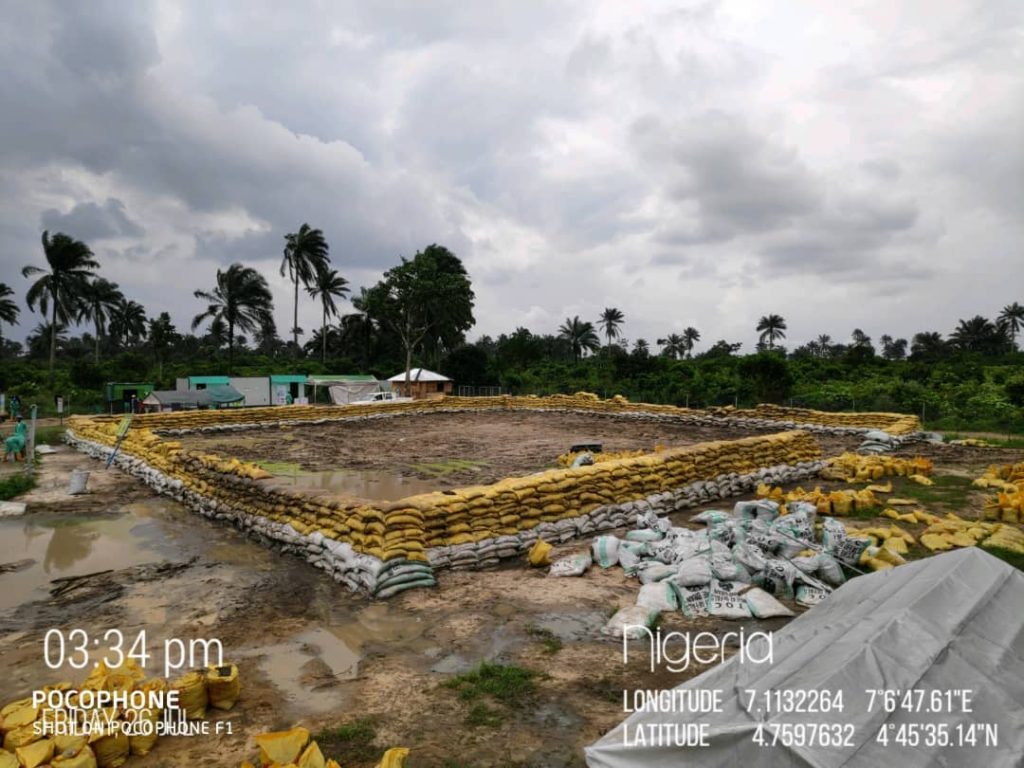
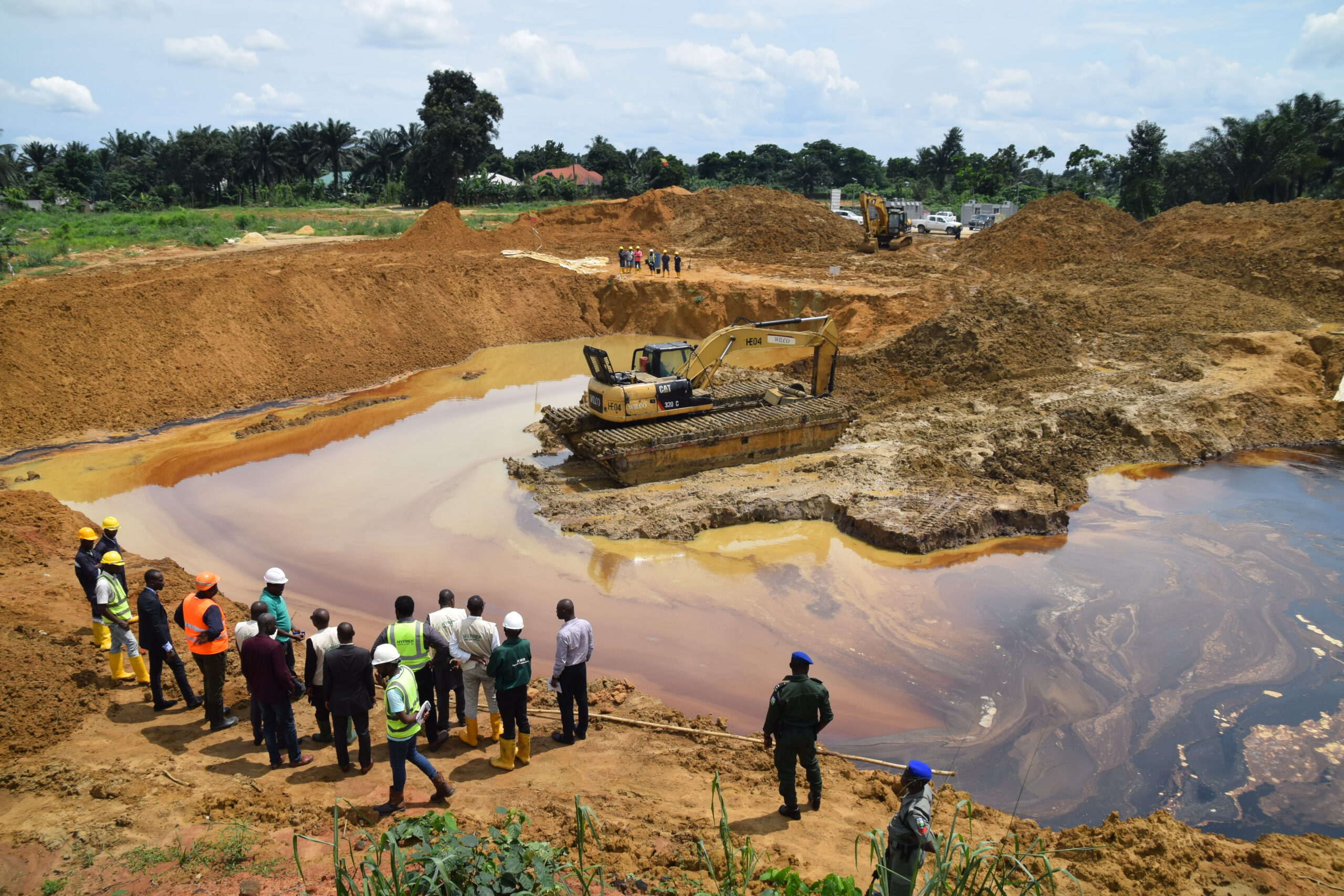
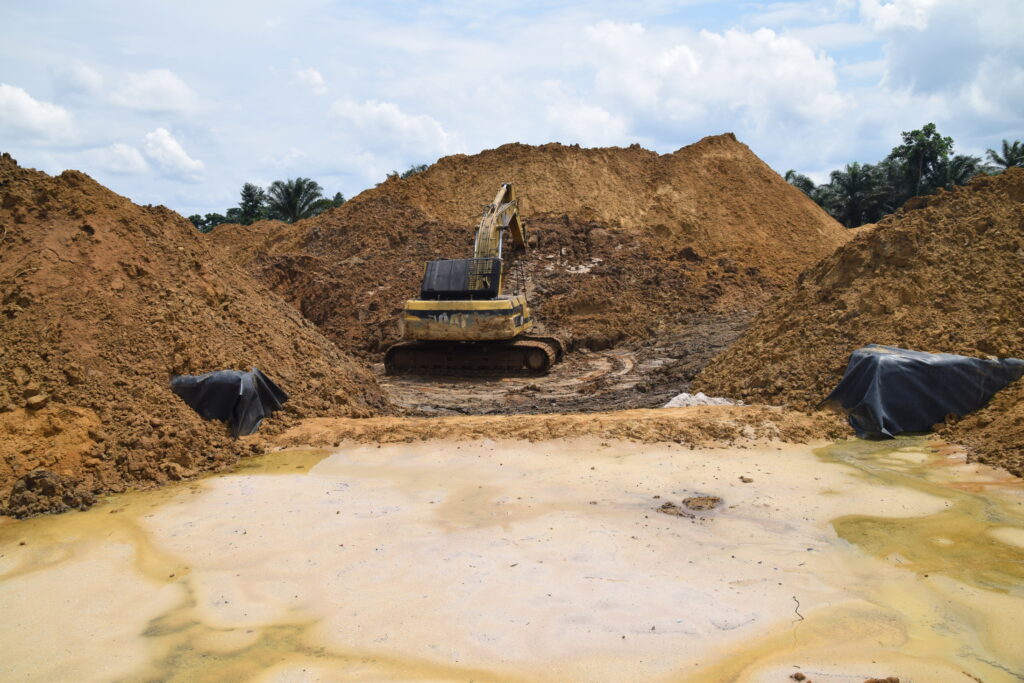
Phase 2 Remediation
Phase 2 remediation is meant to take care of the complex high-risk sites (Category A sites) and the remaining simple medium risk sites (Category B sites). The category A sites have extensive soil and groundwater contamination around and within built-up areas (residential areas). Remediation works on Category A sites require advance soil and ground water remediation technologies applicable within residential environment. Remediation works on category A sites are on-going.
Phase 2 remediation is meant to take care of the complex high-risk sites (Category A sites) and the remaining simple medium risk sites (Category B sites). The category A sites have extensive soil and groundwater contamination around and within built-up areas (residential areas). Remediation works on Category A sites require advance soil and ground water remediation technologies applicable within residential environment. Remediation works on category A sites are on-going.

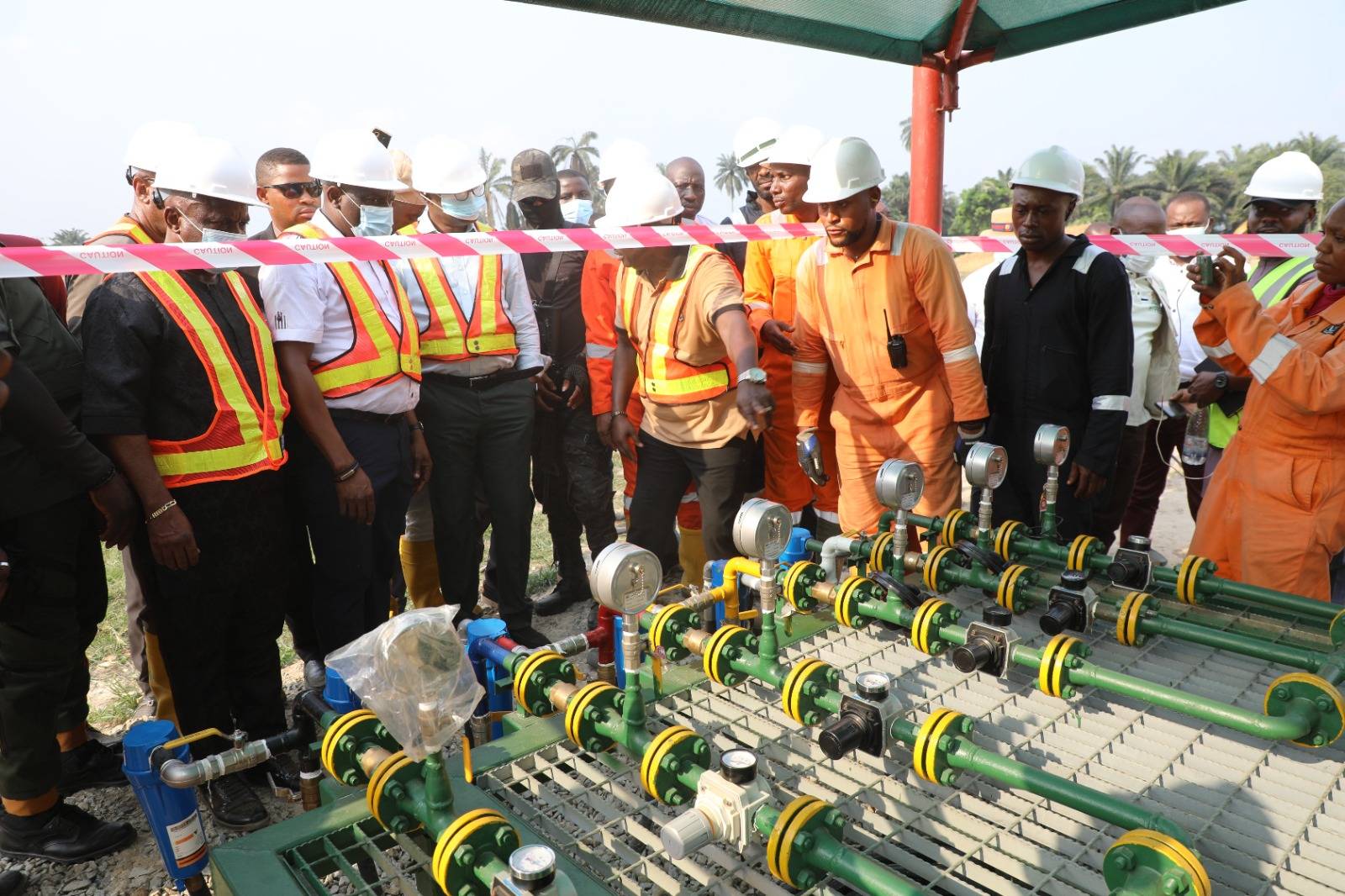
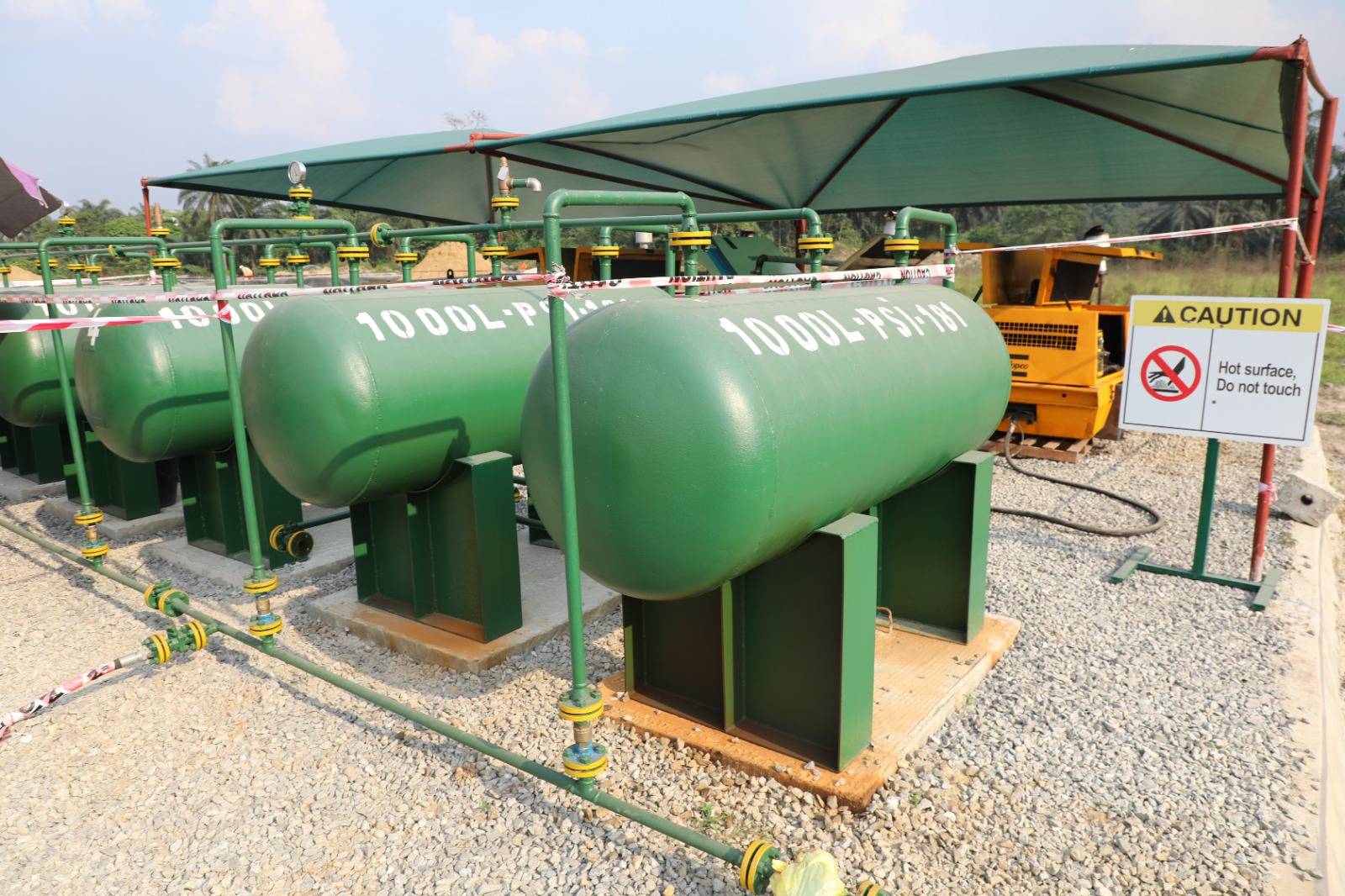
Shoreline Remediation
The initial phase of the HYPREP Shoreline Cleanup and Mangrove Restoration initiative spans five hydrocarbon-impacted shoreline communities in Gokana, Ogoni land, involving a total of 34 shoreline lots. These communities, namely B-Dere (8 Cleanup Lots), K-Dere (11 Cleanup Lots), Kpor (3 Cleanup Lots), Goi (2 Cleanup Lots), and Bomu (10 Cleanup Lots and 9 Mangrove Planting Lots), exemplify a collaborative commitment to environmental rejuvenation. The Shoreline Cleanup activities are meticulously planned over a 36-month period, addressing the immediate impacts of hydrocarbon contamination. Concurrently, the first phase of Mangrove Planting, spanning 30 months, emphasizes a sustained approach to the long-term restoration of these crucial ecosystems. This comprehensive strategy underscores the interconnectedness of these communities and ecosystems, aiming not only to rehabilitate impacted shorelines but also to instill a renewed sense of environmental responsibility within the region. The extended timeline reflects the gravity of the task at hand and signals a collective dedication to mitigating the environmental repercussions of hydrocarbon pollution.

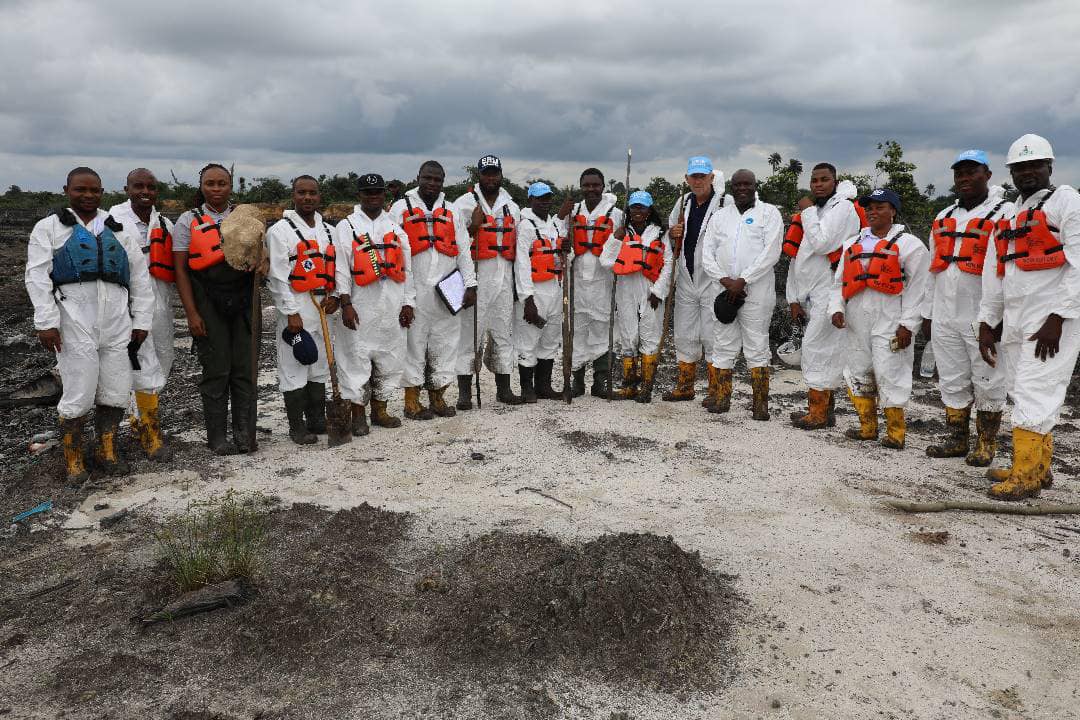
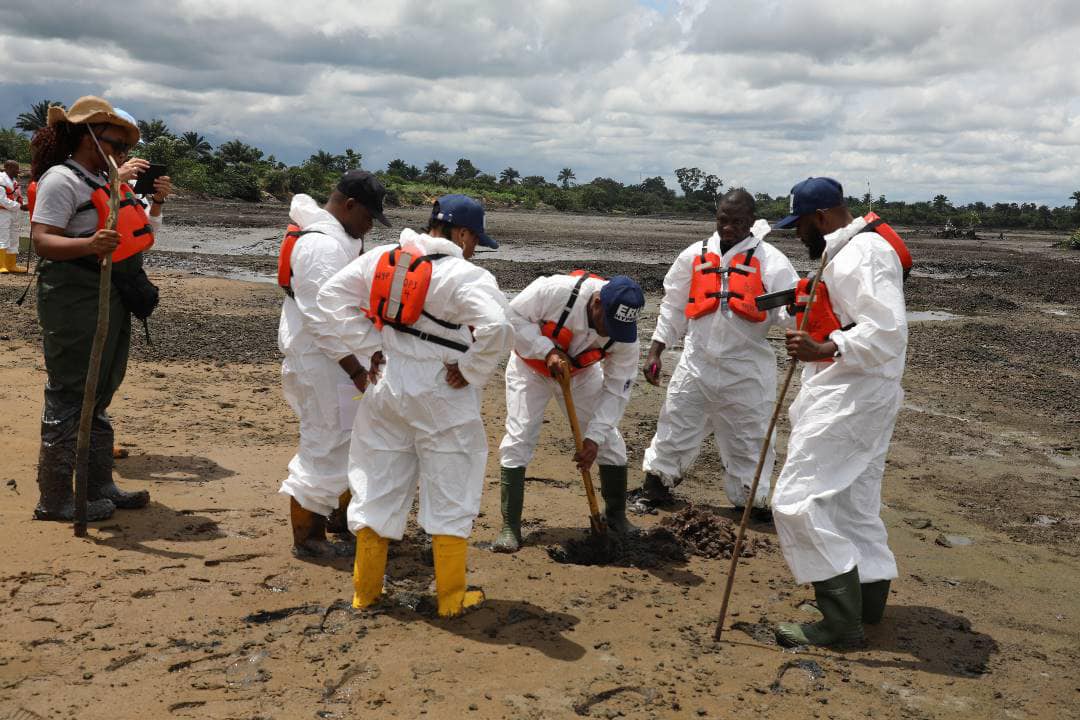
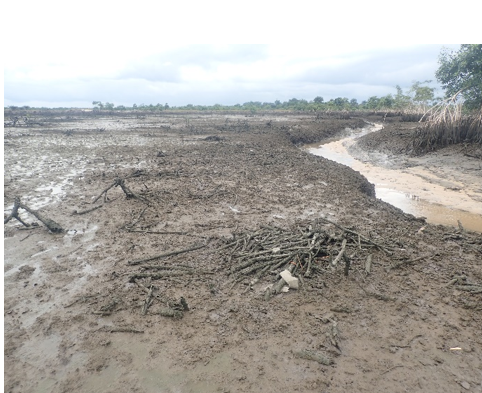
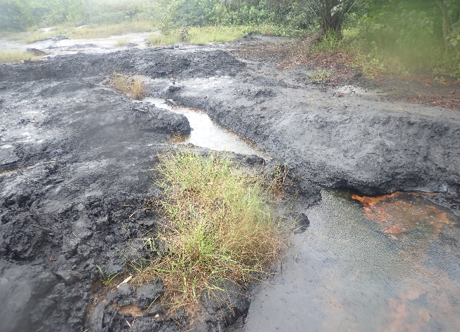
Mangrove Restoration
HYPREP is actively involved in mangrove restoration of the Ogoni environment, with Bomu in Gokana LGA as the pilot phase, ninety (90) community workers were trained in IMO level 1 in September 2023 on mangrove nursery preparation/management and stipend was given to them to setup nurseries.
These trained community workers who are mangrove vanguards have planted over 2.5 million mangrove seedlings of red, black, and white mangroves ready to be transplanted by nine (9) selected mangrove contractors.

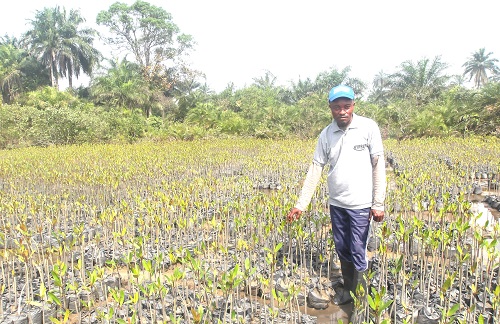
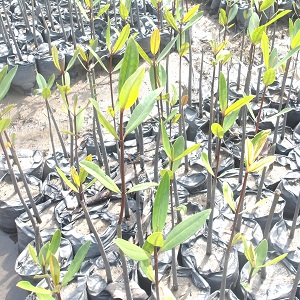
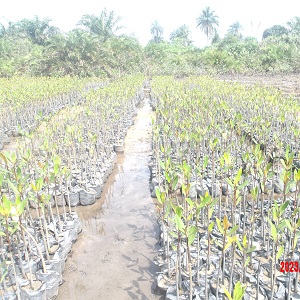
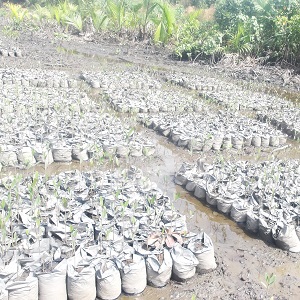

FRAUD ALERT !!!
The public is hereby warned to beware of fraudsters hiding under the guise of providing employment or contracts to defraud innocent Nigerians.
The Hydrocarbon Pollution Remediation Project, HYPREP, hereby reminds the public to be wary of anyone promising to offer them employment or contracts with HYPREP. Every information about HYPREP is available on our dedicated portals:
Please, visit these pages or the office at #8 Ken Saro-Wiwa (Stadium) Road, Port Harcourt for any enquiries.
Contact Us:
Our Address
No. 8 Ken Saro-Wiwa(Stadium Road), Port Harcourt.
Phone Numbers
+234 816 8252 624
Email Addresses
info@hyprep.gov.ng
